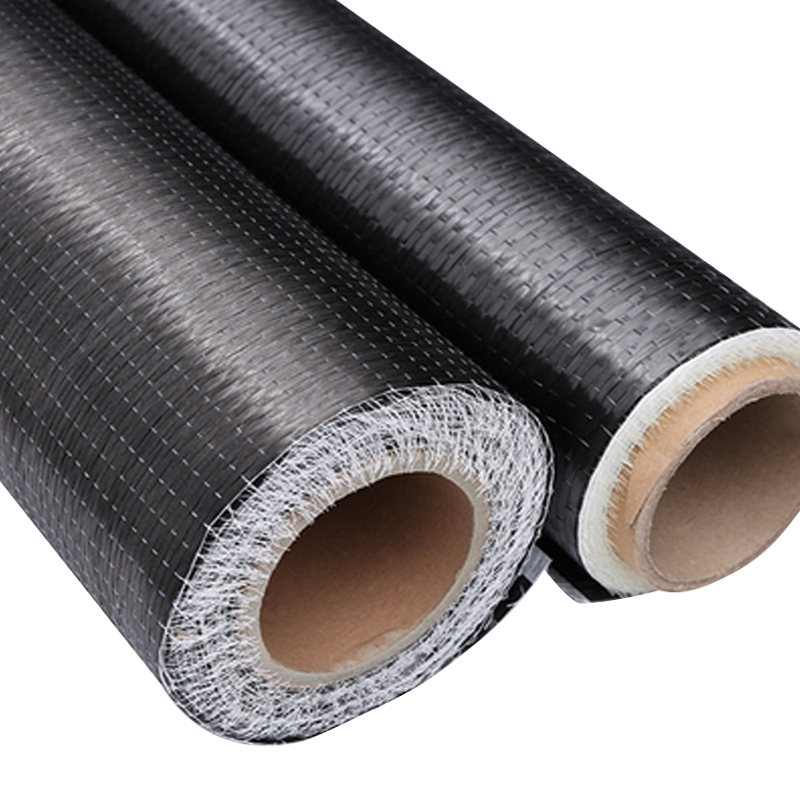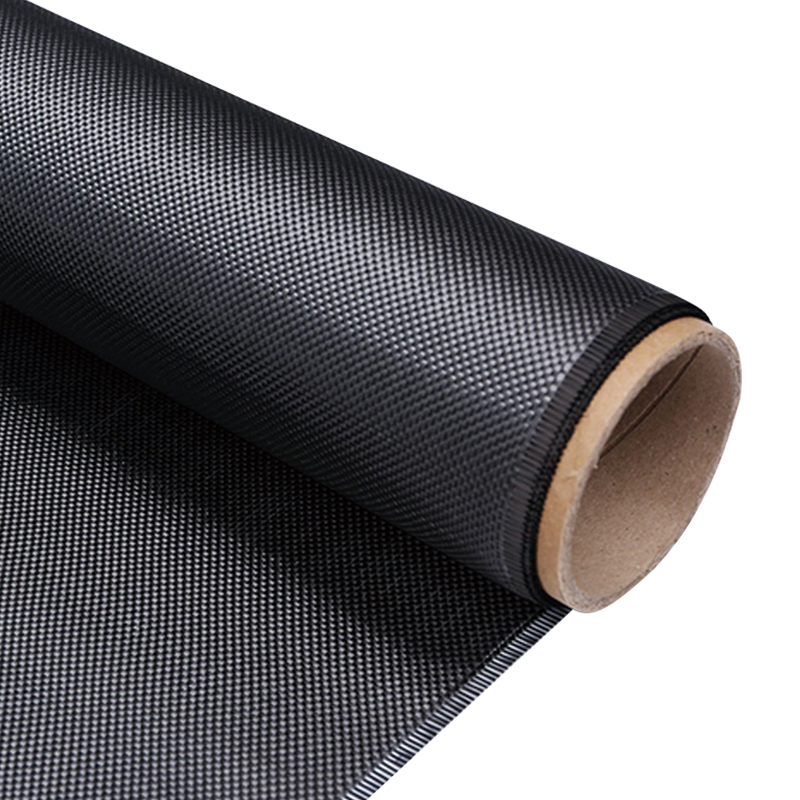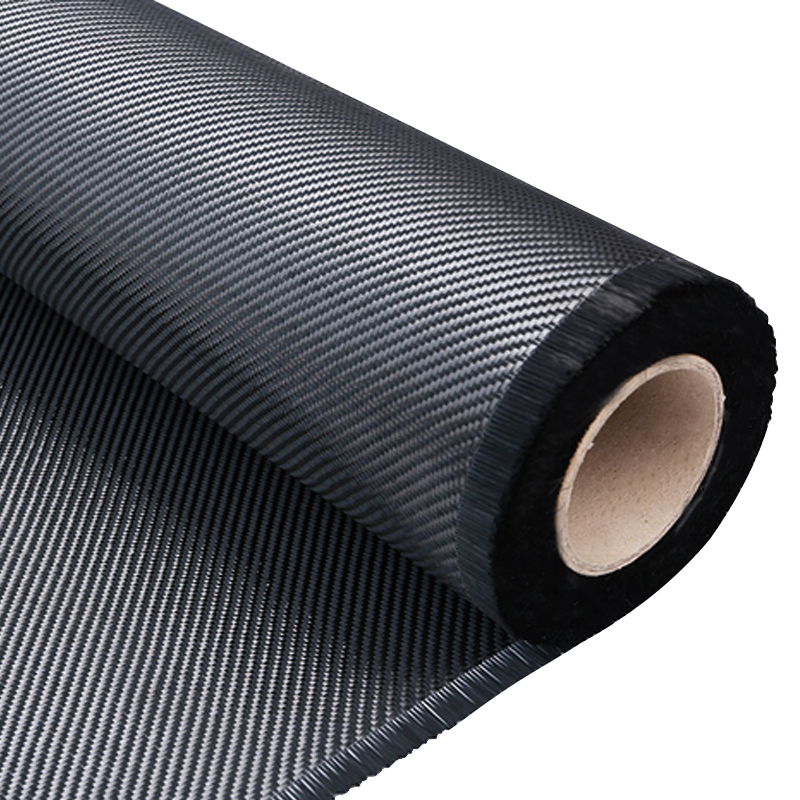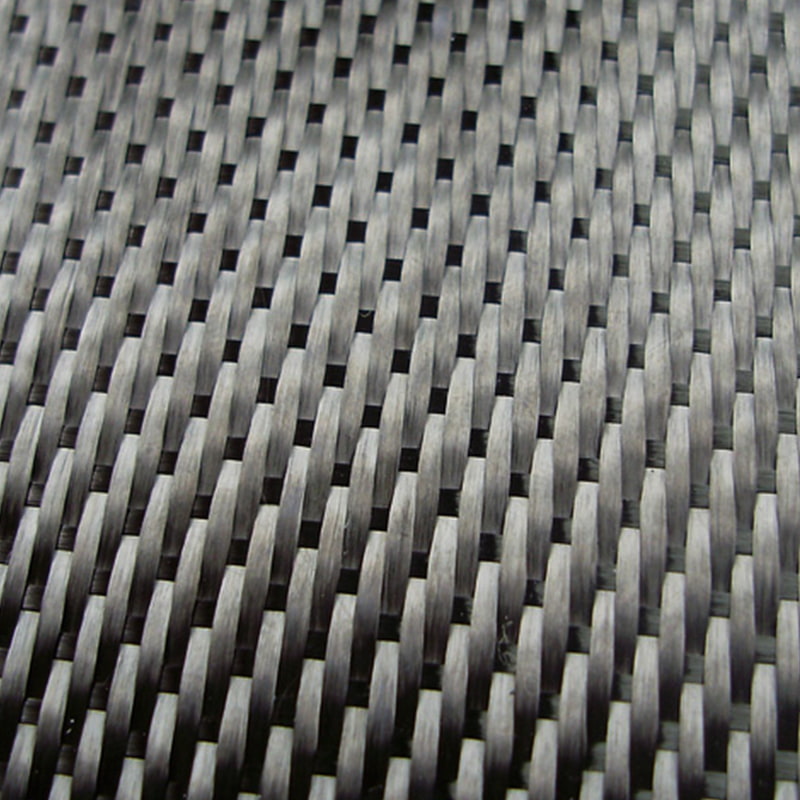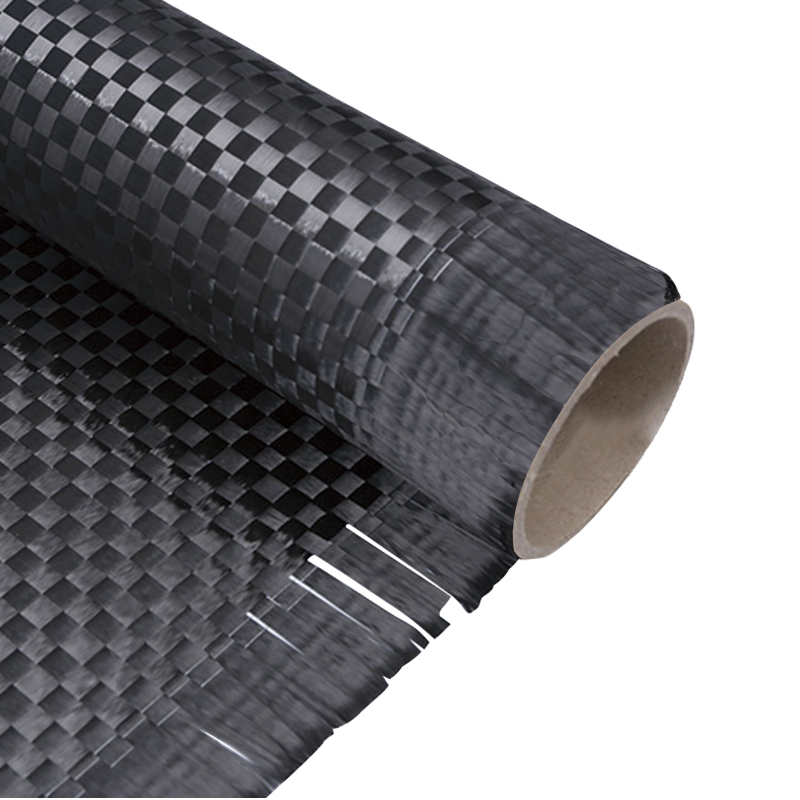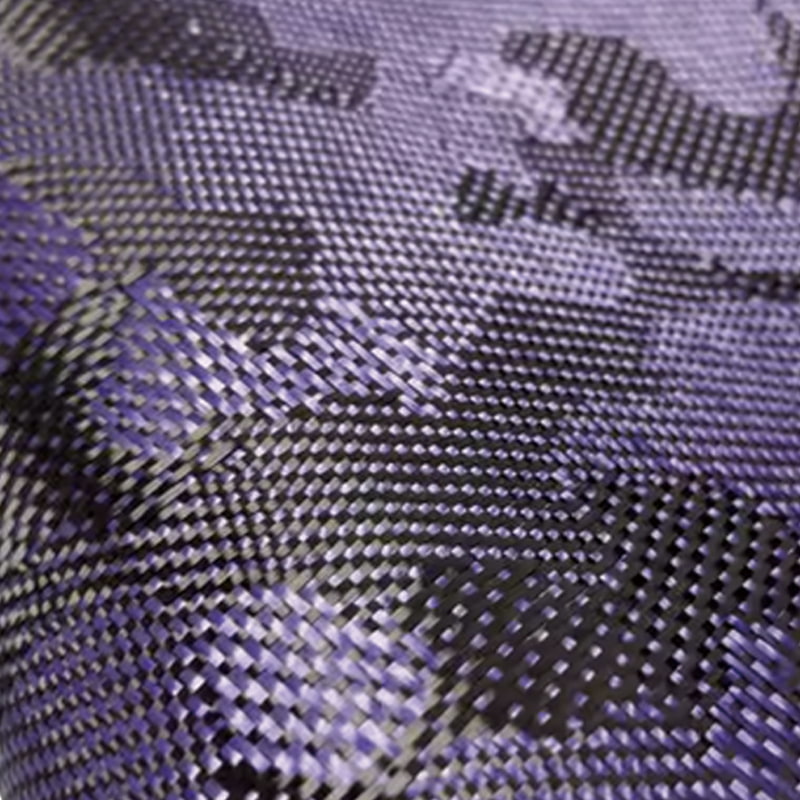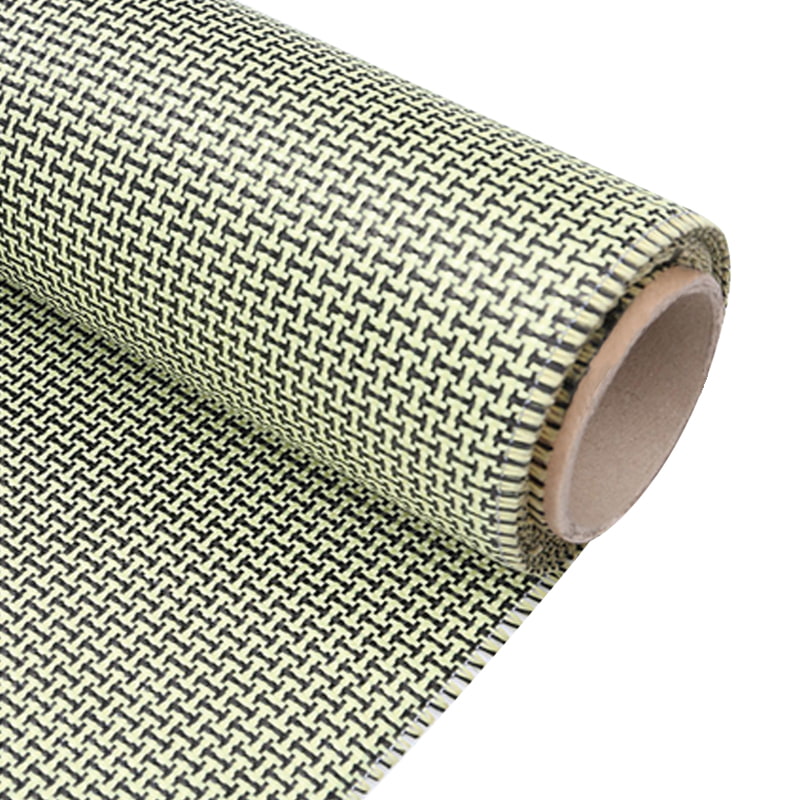- 1 Key Performance Benefits of Carbon Fiber Woven Fabric
- 2 Technical breakthrough in high-strength wear-resistant technology
- 3 Carbon Fiber Woven Fabric's industrial application prospects
- 4 Sustainability and the Future Trends of Carbon Fiber Woven Fabric
- 5 Carbon Fiber Woven Fabric Shaping the Future Industrial Materials Landscape
Key Performance Benefits of Carbon Fiber Woven Fabric
The core competitiveness of Carbon Fiber Woven Fabric lies in its excellent specific strength and modulus, which is much higher than that of traditional metal materials. Through the precision braiding process, the carbon fiber tow forms a stable mesh structure, so that it can maintain excellent tensile and impact resistance when it is subjected to high loads. In addition, the Carbon Fiber Woven Fabric, which has a special surface treatment, has stronger wear resistance, can adapt to long-term friction and harsh working conditions, greatly extending its service life.
Carbon Fiber Woven Fabric also performed outstandingly in terms of corrosion resistance. Unlike metal materials that are susceptible to oxidation and chemical erosion, the inert properties of carbon fibers allow them to maintain stable performance in humid, high temperature or chemically corroded environments. This feature makes it irreplaceable advantages in the fields of marine engineering, chemical equipment, etc.
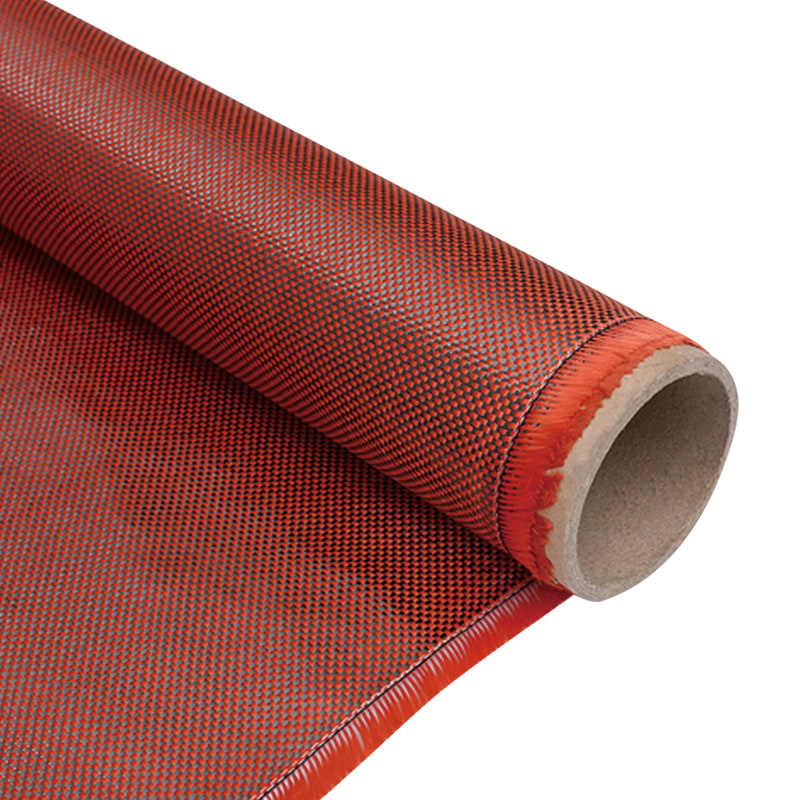
Technical breakthrough in high-strength wear-resistant technology
In recent years, Carbon Fiber Woven Fabric's manufacturing process has ushered in several key breakthroughs. First, the application of new resin matrix significantly improves the interlayer bonding force of composite materials, reduces the risk of peeling between fibers and substrates, thereby enhancing the fatigue resistance of the overall structure. Secondly, advanced weaving technologies, such as multi-axial weaving and three-dimensional weaving, make the fiber distribution more even, further optimizing the mechanical performance of the material.
In terms of wear resistance, the researchers significantly reduced the friction coefficient through nanocoating technology and fiber surface modification, allowing Carbon Fiber Woven Fabric to maintain a low wear rate in high-speed friction environments. For example, some high-end Carbon Fiber Woven Fabric products use graphene reinforced coatings, which not only improves wear resistance, but also imparts the material's self-lubricating properties, and are suitable for high-precision mechanical components.
Carbon Fiber Woven Fabric's industrial application prospects
The superior performance of Carbon Fiber Woven Fabric has enabled it to be widely used in a variety of industrial fields. In the aerospace field, its lightweight properties can significantly reduce the weight of the aircraft, thereby improving fuel efficiency and increasing load capacity. At the same time, its high strength characteristics make it an ideal choice for aircraft fuselage, wings and satellite structures.
The automotive industry also benefits from the popularity of Carbon Fiber Woven Fabric. High-performance sports cars and electric vehicles not only reduce body weight but also improve collision safety by using carbon fiber composite materials. In the future, with the reduction of mass production costs, Carbon Fiber Woven Fabric is expected to further penetrate the mainstream passenger car market.
In addition, the energy and infrastructure fields are also actively exploring the application potential of Carbon Fiber Woven Fabric. The wind power blades adopt carbon fiber reinforced structure, which can greatly improve wind load resistance and extend service life. In terms of building reinforcement, carbon fiber cloth is widely used in seismic reinforcement projects of bridges and tunnels due to its high strength and corrosion resistance.
Sustainability and the Future Trends of Carbon Fiber Woven Fabric
Although Carbon Fiber Woven Fabric has many advantages, energy consumption and recycling issues in its production process are still the focus of industry attention. Currently, researchers are working to develop more environmentally friendly carbon fiber manufacturing processes, such as using bio-based precursors or low-carbon emission oxidation technology. At the same time, advances in carbon fiber recycling technology, such as pyrolysis and solvent decomposition, are expected to achieve higher proportions of recycling in the future.
Intelligent manufacturing will also promote the further development of Carbon Fiber Woven Fabric. Through artificial intelligence optimization of weaving parameters and combined with automated production technology, the manufacturing efficiency of Carbon Fiber Woven Fabric will be significantly improved in the future, while reducing waste rate. This trend will accelerate the popularity of carbon fiber materials in a wider industrial scenario.
Carbon Fiber Woven Fabric Shaping the Future Industrial Materials Landscape
With its high strength, wear resistance and lightweight advantages, Carbon Fiber Woven Fabric is reshaping product design standards in multiple industrial fields. With the continuous optimization of manufacturing processes and the gradual reduction of costs, its market penetration will further increase. In the future, combined with sustainable development and intelligent production trends, Carbon Fiber Woven Fabric is expected to become the core material of high-end manufacturing and push global industrial technology to a higher level.
For industry participants, continuing to invest in R&D, optimizing production processes, and exploring new application scenarios will be the key strategy to seize the Carbon Fiber Woven Fabric market. In this process, carbon fiber woven fabrics will undoubtedly continue to lead the wave of innovation in high-performance composite materials.
 English
English  中文简体
中文简体 عربى
عربى Tiếng Việt
Tiếng Việt
